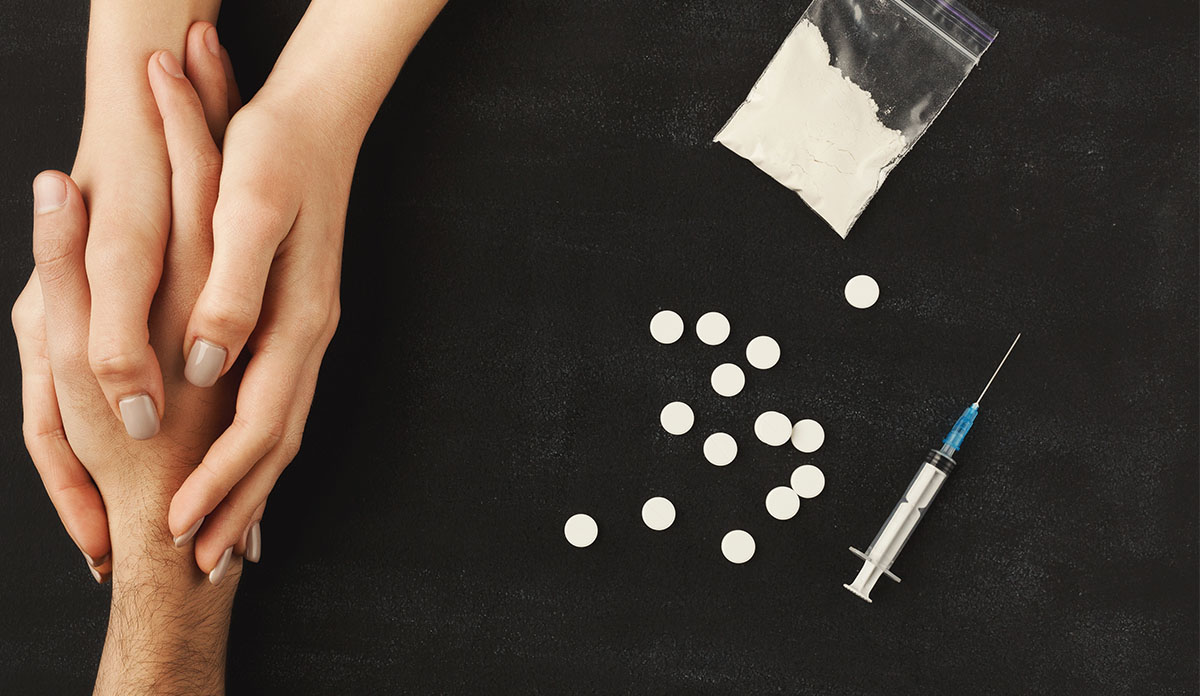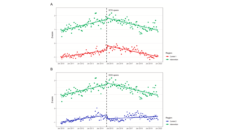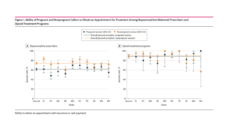Drug overdose is the leading cause of death due to injury in the United States, with 67,367 deaths in 2018 and 70,630 in 2019. Most of these deaths involve illicit fentanyl.
The context in which we live (where we are born, the neighborhoods we grow up in, the schools we go to) greatly influences risk trajectories of people who use drugs. As a result, socially and structurally disadvantaged individuals are more likely to die from overdoses than those who are more affluent. This disparity is exacerbated by the criminalization of drug use and felon disenfranchisement laws.
Our research team recently published an article in the Milbank Quarterly introducing the Continuum of Overdose Risk framework. This framework proposes transitioning to evidence-based harm reduction programs and policies, a much-needed step in curtailing opioid addiction and overdose. For example, overdose prevention sites (known as supervised consumption services) have been shown to reduce infectious disease and overdose risk in other countries; the US has several unsanctioned ones. At these locations, overdoses are reversed with naloxone, and individuals can be referred to harm reduction programs (including opioid agonists such as methadone and buprenorphine) and treatment.
The social and environmental consequences of Covid-19 have exacerbated overdose risk and mortality across the country. From April to May 2020, there was an increase of 3,388 deaths—one of the largest monthly increases ever documented. Incarcerated individuals are at particularly high risk for both Covid-19 and substance use. Prisons are often overcrowded and lack adequate health care access, and people with opioid use disorders (OUDs) are disproportionately incarcerated.
Despite these challenges, some progress has been made to improve access to treatment for opioid use disorder during the pandemic. Necessitated by social distancing measures, the US Department of Health and Human Services recently made it easier for physicians who are registered with the Drug Enforcement Administration to prescribe buprenorphine. This in turn can help patients reduce their chances of overdosing and maintain their livelihoods.
Those who are incarcerated must have access to Covid-19 prevention supplies (e.g., masks, soap, and hand sanitizer), Covid-19 vaccines, and medications to treat OUDs. Despite the effectiveness of those medications, however, only three states provide them in all correctional facilities. Moreover, prisons must stop incarcerating people for low-level, nonviolent drug offenses and release those already incarcerated for them. Overcrowding will only make Covid-19 transmission rates both inside and outside the community worse. Last but not least, coordination of post-release care and naloxone distribution as well as “warm handoffs” to support services can promote safer transitions from the correctional facility environment to the community.
In the long run, drug decriminalization will be one of the most powerful interventions to support safety and recovery among people who use drugs. A recently-passed Oregon law decriminalized the possession of small amounts of drugs, allowing many people to avoid incarceration and instead access treatment, harm reduction programs, and housing and job assistance. This structural reversal of the insidiously racist and classist War on Drugs can improve the health and wellbeing of people who use drugs and shift public opinion by reducing stigma.
Health experts and legal professionals must join people who use drugs to push through the opioid epidemic and the Covid-19 pandemic, and to fight for a shift in our approach to substance use and recovery. Only then will we be closer to equity and better health for all.















